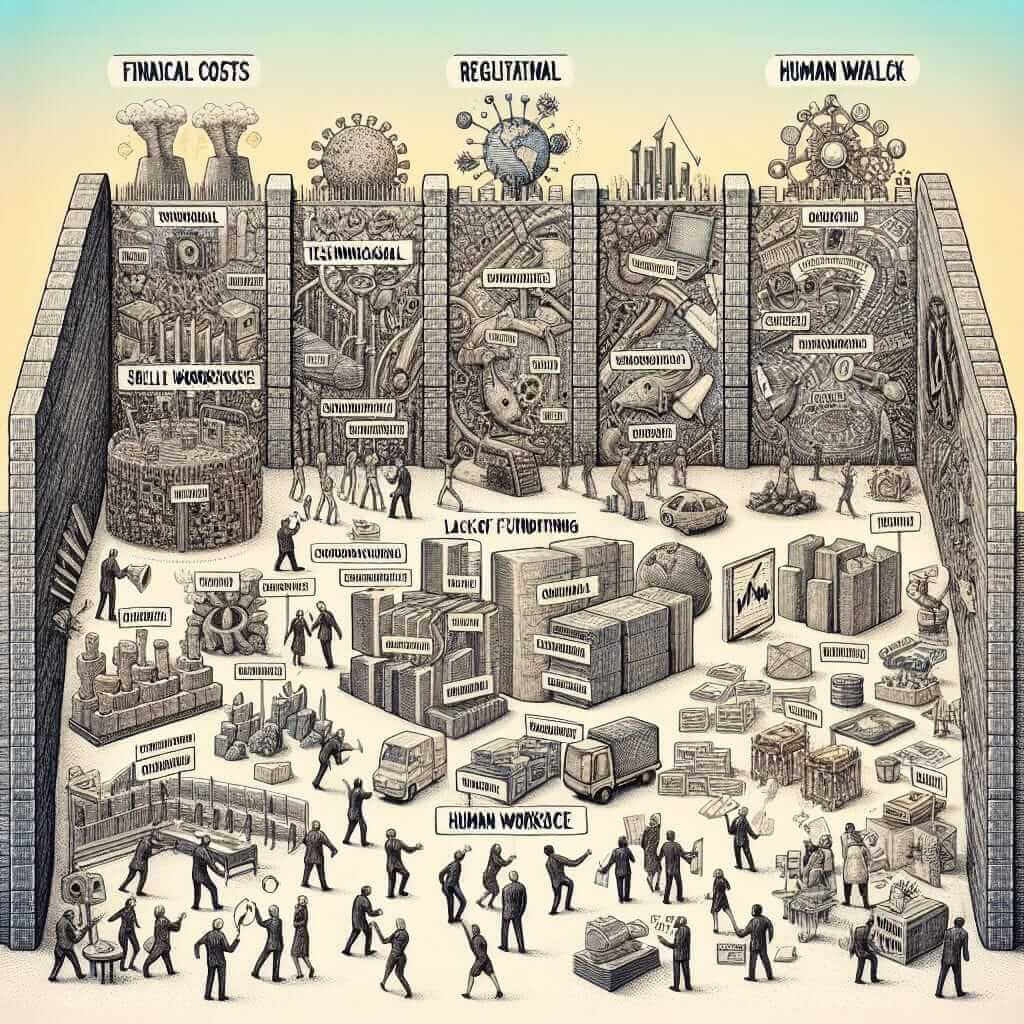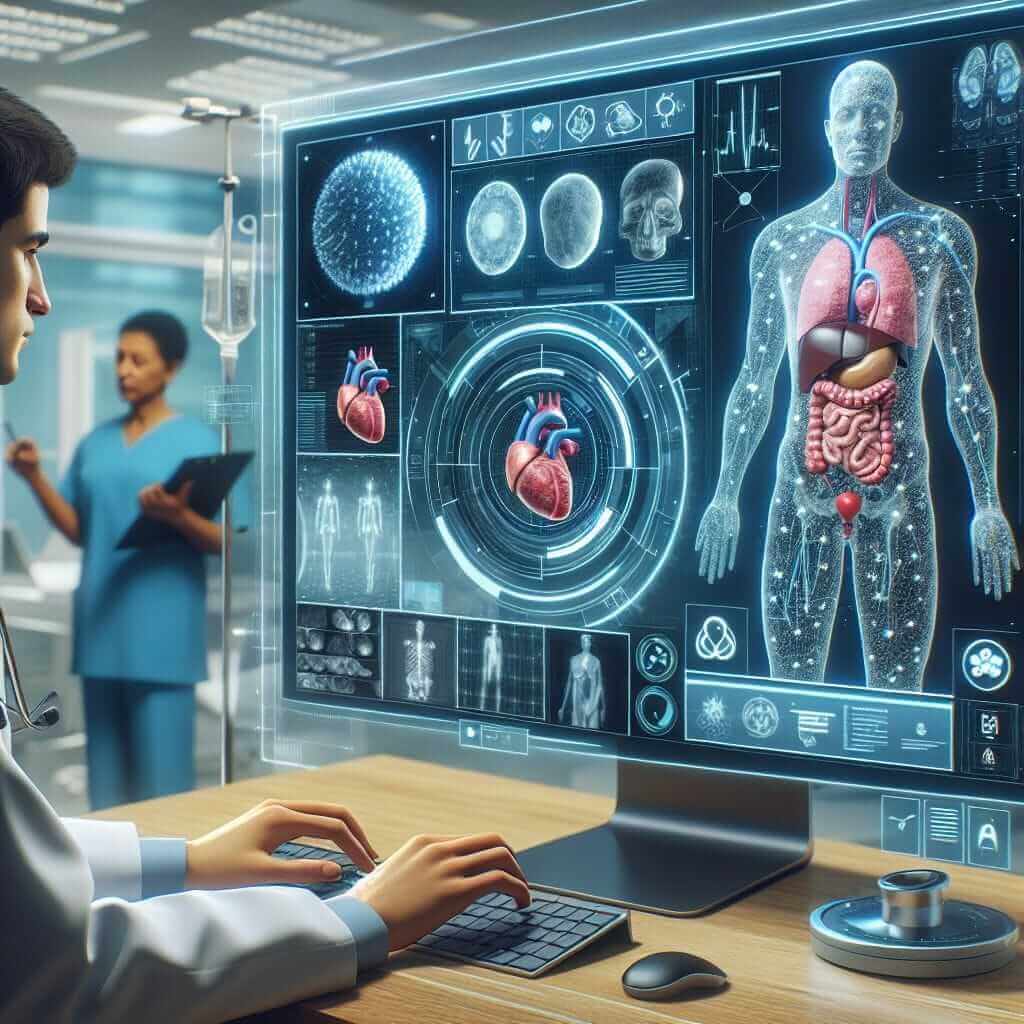The IELTS Reading component is a vital section of the IELTS exam, designed to assess a candidate’s reading comprehension and ability to grasp key ideas and details in complex texts. One recurring theme in past IELTS Reading tests is the “Challenges in Achieving Technological and Economic Innovation.” This is a highly relevant and timely topic, frequently discussed due to its critical importance in today’s rapidly evolving world. In this article, we will provide a practice IELTS Reading test, complete with questions and answers, focusing on this specific theme. By practicing with this material, you will prepare yourself for the types of passages and questions you might encounter on the IELTS exam.
Table Of Contents
- Practice IELTS Reading Passage
- Challenges in Achieving Technological and Economic Innovation
- Financial Barriers to Innovation
- Regulatory Challenges
- Human Factors in Innovation
- The Role of Government and Policy
- Questions
- Identifying Information (True/False/Not Given)
- Multiple Choice
- Matching Information
- Sentence Completion
- Answer Key and Explanations
- Identifying Information (True/False/Not Given)
- Multiple Choice
- Matching Information
- Sentence Completion
- Common Mistakes to Avoid
- Vocabulary to Remember
- Grammar Focus
- Tips for High Reading Scores
Technological and economic innovation are pivotal for advancement, but numerous challenges can impede progress. Understanding these challenges is not only academic but provides real-world insights, making it a popular topic in IELTS Reading passages.
Practice IELTS Reading Passage
Challenges in Achieving Technological and Economic Innovation
Technological and economic innovation drive the modern world, offering solutions to complex problems and fostering economic growth. However, achieving such innovation is fraught with challenges, including financial, regulatory, and human factors.
Financial Barriers to Innovation
One of the foremost challenges is financial constraint. Innovating new technologies demands substantial investment, which can be a hurdle for startups and small enterprises. Unlike established companies, these smaller entities often struggle to secure funding from investors who may be wary of the risks associated with new technologies. Moreover, the high costs of research and development (R&D) can drain resources, making it difficult for innovations to progress from the concept stage to market offering.
Regulatory Challenges
Another significant obstacle comes from regulatory challenges. Governments often impose strict regulations to ensure safety, environmental protection, and consumer rights. While these regulations are essential, they can sometimes stifle innovation by creating complex and time-consuming approval processes. For example, pharmaceutical companies must navigate extensive clinical trials and approval protocols before releasing a new drug, which can delay time-to-market and increase costs.
Human Factors in Innovation
Human factors also play a crucial role in the innovation process. Innovators require not only technical expertise but also soft skills like creativity, leadership, and collaboration. However, finding individuals who possess this unique blend of skills can be challenging. Additionally, resistance to change within organizations can inhibit the implementation of innovative solutions. Employees and managers may prefer established methods and resist adopting new technologies due to fear of the unknown or lack of understanding.
The Role of Government and Policy
Government policies can either facilitate or hinder technological and economic innovation. Supportive policies, such as tax incentives for R&D, can encourage investment in new technologies. Conversely, policies that add bureaucratic layers can impede progress. Collaboration between government, academia, and industry is essential in creating an environment conducive to innovation.
In conclusion, while the pursuit of technological and economic innovation is vital for progress, it is clear that there are numerous challenges that must be navigated. Financial constraints, regulatory hurdles, and human factors all play significant roles in shaping the innovation landscape. Addressing these challenges requires a holistic approach involving various stakeholders to streamline processes and foster an environment that encourages and supports innovative endeavors.
 Barriers to Innovation
Barriers to Innovation
Questions
Identifying Information (True/False/Not Given)
- Startups often find it easy to secure funding for innovations.
- Regulatory hurdles can delay the release of new drugs.
- All employees are generally eager to adopt new technologies.
- Government policies always support technological advancements.
Multiple Choice
-
What is one financial challenge mentioned in the text for small enterprises?
A. Lack of market demand
B. High competition
C. Difficulty securing investment
D. Poor management -
Which of the following is necessary for navigating regulatory challenges?
A. Quick decision-making
B. Extensive approval processes
C. High financial turnover
D. Minimal research and development
Matching Information
-
Match the challenges (in Column A) with their descriptions (in Column B):
Column A:
a. Financial Barriers
b. Regulatory Challenges
c. Human FactorsColumn B:
i. Reluctance to embrace new methods
ii. High R&D costs
iii. Strict safety and environmental protocols
Sentence Completion
- Innovators need both technical expertise and ____ skills to navigate the innovation process successfully.
- Collaboration between ____, academia, and industry is essential for fostering innovation.
Answer Key and Explanations
Identifying Information (True/False/Not Given)
- False – The passage states that startups often struggle to secure funding.
- True – It is mentioned that pharmaceutical companies face delays due to stringent approval protocols.
- False – It is highlighted that employees may resist adopting new technologies.
- Not Given – The passage discusses both supportive and hindering policies but does not state that government policies always support advancements.
Multiple Choice
- C – Difficulty securing investment.
- B – Extensive approval processes.
Matching Information
- a-ii (Financial Barriers – High R&D costs)
b-iii (Regulatory Challenges – Strict safety and environmental protocols)
c-i (Human Factors – Reluctance to embrace new methods)
Sentence Completion
- soft skills
- government
Common Mistakes to Avoid
- Misinterpreting Key Details: Carefully read each question and corresponding passage to ensure you understand what is being asked.
- Ignoring Contextual Clues: Pay attention to the overall context and nuances in the text to avoid incorrect True/False/Not Given responses.
Vocabulary to Remember
- Innovation (noun): /ˌɪnəˈveɪʃ(ə)n/ – The introduction of something new or different.
- Constraint (noun): /kənˈstreɪnt/ – A limitation or restriction.
- Regulatory (adjective): /ˈreɡjələtəri/ – Relating to the control or regulation of an activity.
- Collaboration (noun): /kəˌlæbəˈreɪʃ(ə)n/ – The action of working with someone to produce or create something.
Grammar Focus
- Relative Clauses: “Which can delay time-to-market…” – used to add extra information about the subject.
- Passive Voice: “Innovations to progress from the concept stage…” – highlights the action without specifying who does it.
Tips for High Reading Scores
- Practice Regularly: Consistent practice with a variety of reading materials will improve your comprehension speed and accuracy.
- Focus on Vocabulary: Develop a strong vocabulary to better understand passages and answer questions correctly.
- Understand Question Types: Familiarize yourself with different question formats used in IELTS Reading to improve your efficiency during the test.
For more insights and practice materials, visit our related articles on Challenges in Achieving Economic Sustainability and Challenges of Achieving Sustainable Development Goals, which provide additional perspectives on overcoming innovation challenges.


